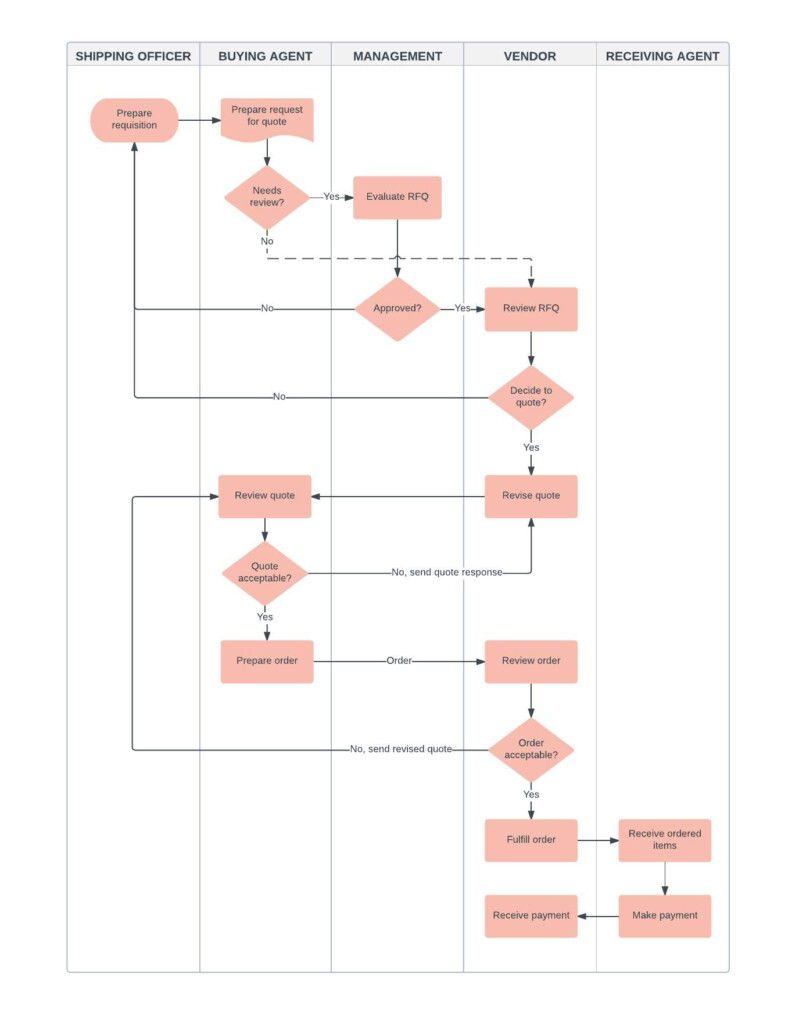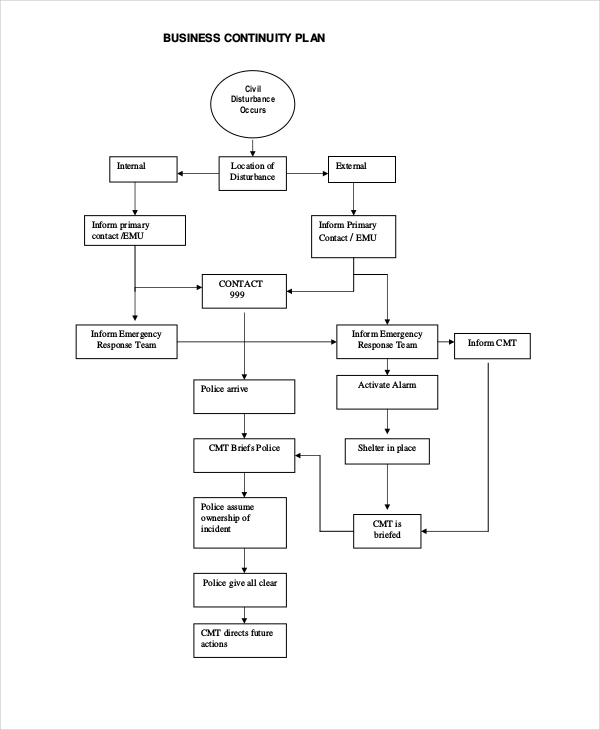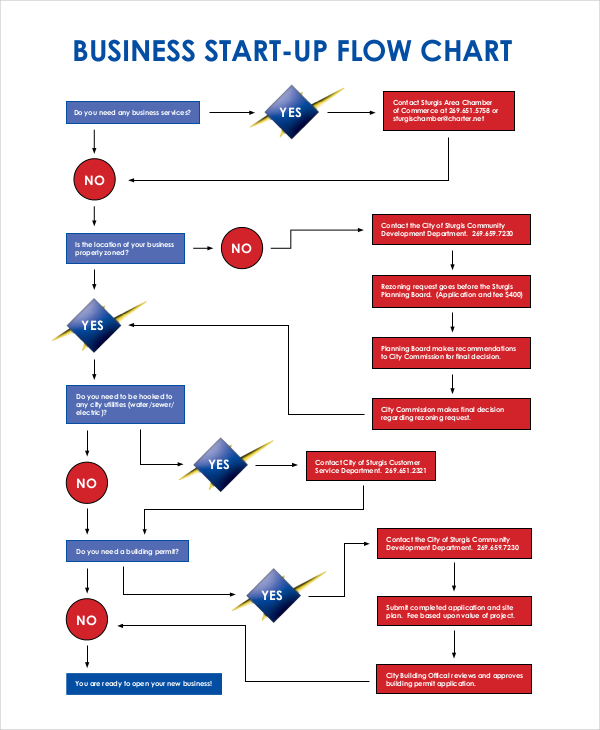Business flow chart diagrams serve as visual tools that help organizations understand and improve their processes. By mapping out each step of a process in a clear and concise way, flow charts allow businesses to identify bottlenecks, inefficiencies, and areas for improvement. This visual representation can help teams communicate more effectively, streamline operations, and increase productivity.
Flow chart diagrams are particularly useful for new employees who need to quickly understand how a process works, as well as for managers looking to optimize workflows. By creating and regularly updating flow charts, businesses can adapt to changes in their industry, technology, or customer needs more effectively. In today’s fast-paced business environment, having a clear and organized flow chart diagram can make a significant difference in a company’s success.
Business Flow Chart Diagram
How to Create an Effective Business Flow Chart Diagram
When creating a business flow chart diagram, it’s important to start by clearly defining the process you want to map out. Gather input from team members who are familiar with the process and identify key steps, decision points, and potential roadblocks. Choose a software tool or platform that allows you to easily create and edit flow charts, such as Microsoft Visio, Lucidchart, or Google Drawings.
Use standard flow chart symbols, such as rectangles for processes, diamonds for decision points, and arrows to connect each step in the process. Keep the flow chart simple and easy to follow, using colors and shapes to differentiate between different types of activities or departments. Once the flow chart is complete, review it with stakeholders to ensure accuracy and clarity before implementing any changes based on the diagram.
Best Practices for Using Business Flow Chart Diagrams
Business flow chart diagrams are most effective when they are regularly updated to reflect changes in processes, technology, or personnel. Encourage team members to provide feedback on the flow chart and suggest improvements to streamline operations. Consider using flow charts in training materials, presentations, and project documentation to ensure that everyone in the organization is familiar with key processes.
Remember that a flow chart is just one tool in a business’s toolkit for process improvement. Use flow charts in conjunction with other methods, such as Six Sigma, Lean Management, or Total Quality Management, to achieve the best results. By incorporating business flow chart diagrams into your organization’s workflow, you can drive efficiency, innovation, and success in today’s competitive business landscape.
By following these best practices and guidelines, businesses can effectively leverage flow chart diagrams to optimize their processes and drive success.
Download Business Flow Chart Diagram
Abstract Business Flow Chart Diagram On Blue Background Stock Photo Alamy
Abstract Business Flow Chart Diagram Stock Image Image 18346167
6 Business Flow Chart Examples To Download
6 Business Flow Chart Examples To Download




